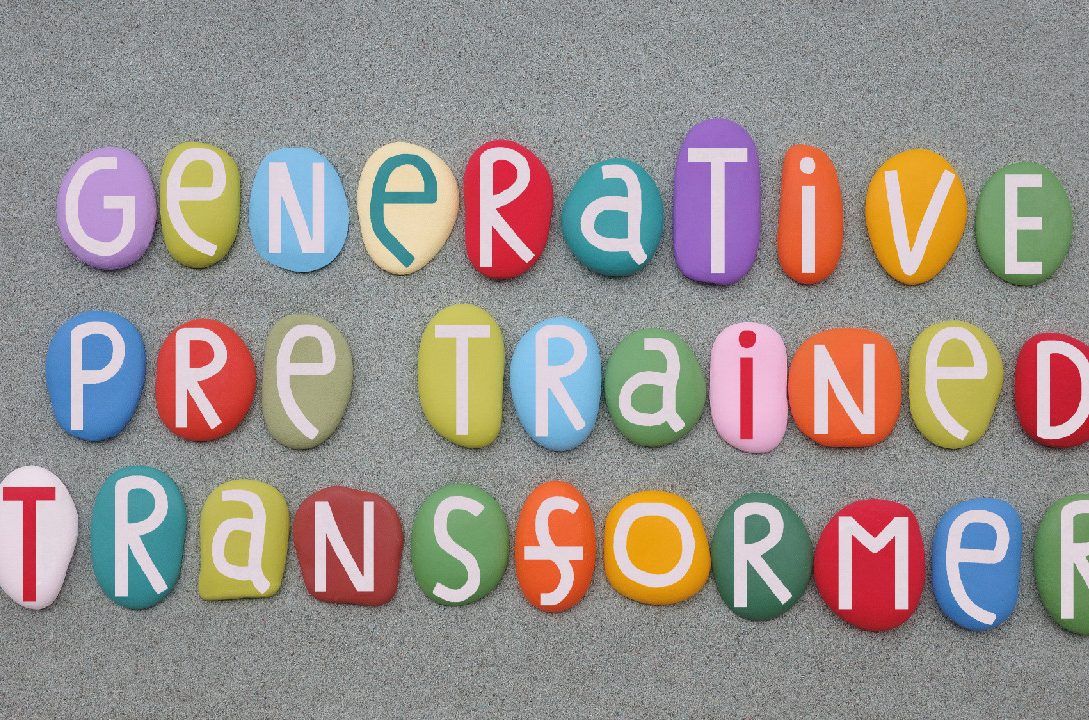Artificial Intelligence has undoubtedly brought about significant advancements and benefits to various industries, revolutionizing the way we live and work. However, as AI technology continues to progress, concerns over its potential dangers have also grown. One such development that has sparked controversy is WormGPT, an AI model inspired by OpenAI’s GPT architecture.
In this blog post, we will delve into the world of WormGPT, exploring its capabilities, potential dangers, and the ethical considerations surrounding its use.
Understanding WormGPT:
WormGPT, also known as DarkGPT, is an AI language model created as a variation of OpenAI’s GPT-3.5. It’s designed to generate human-like text and respond contextually to queries, just like its predecessor. The primary difference lies in its fine-tuning, where it has been exposed to a substantial amount of internet data, including content from unmoderated forums, obscure websites, and even the dark web. This exposure aims to enhance the model’s ability to understand colloquial language and generate more accurate responses, but it also introduces a series of potential dangers.
The Potential Dangers:
- Misinformation and Propaganda: WormGPT’s exposure to unfiltered and potentially biased content can lead to the generation of misinformation and propaganda. The model’s responses might not be factually accurate, promoting conspiracy theories, or spreading harmful ideologies, which can have severe consequences on society.
- Offensive and Inappropriate Content: The uncensored nature of the internet means WormGPT may be exposed to offensive, violent, or inappropriate content. Consequently, the model might produce content that is offensive or harmful, inadvertently or intentionally, leading to negative social impacts.
- Amplification of Toxic Behavior: WormGPT, if not carefully controlled, can inadvertently amplify toxic and harmful behavior present on the internet. This could include promoting hate speech, cyberbullying, or encouraging harmful actions, contributing to a hostile online environment.
- Unintended Biases: AI models, including WormGPT, are susceptible to inherent biases present in the data they are trained on. If these biases are not adequately addressed, the model may inadvertently produce discriminatory or prejudiced content, perpetuating social inequalities.
Ethical Considerations:
The dangers associated with WormGPT highlight the pressing need for ethical considerations in AI development. Responsible AI development should involve the following measures:
- Data Moderation: To minimize exposure to harmful content, AI developers should implement strict data moderation practices during the training process. This includes filtering and validating the data to ensure it aligns with ethical guidelines.
- Bias Mitigation: Addressing biases in AI models is crucial. Developers must adopt techniques like debiasing, fairness-aware training, and regular bias audits to reduce potential harmful consequences.
- Human Oversight: Human intervention is vital to review and moderate the content generated by AI models. Incorporating human reviewers can help ensure that the outputs are safe, ethical, and align with community standards.
- Transparent Guidelines: AI developers should establish transparent guidelines for the use of AI models like WormGPT. Clear guidelines help users understand the limitations and potential dangers of the technology, promoting responsible use.

Conclusion
WormGPT, while a remarkable AI achievement, poses significant dangers if not used responsibly. The uncensored exposure to internet data can lead to the generation of misinformation, offensive content, and the amplification of toxic behavior. However, these dangers do not condemn AI technology as inherently harmful; rather, they emphasize the critical importance of ethical considerations and responsible AI development. By implementing robust moderation, addressing biases, and incorporating human oversight, we can harness the potential of AI while safeguarding society from the dark side of technology. A collective effort from AI developers, researchers, policymakers, and the broader public is essential to shape the future of AI in a way that benefits humanity and ensures a safer digital landscape.
Related Posts:
Get Started with a free 15 -day trial
No credit card required for Trial Plan
Continue using starter plan for free forever, after trial or upgrade to Premium Subscription





